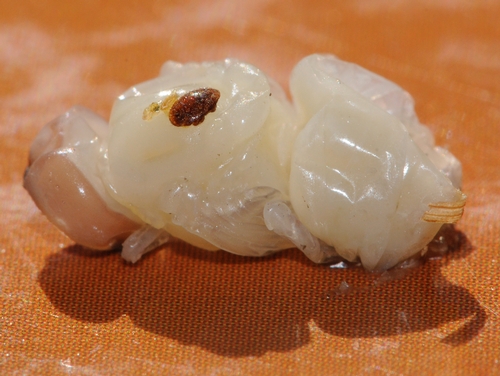There's joy on the horizon for beekeepers battling that pesky Varroa mite.
They may soon have a "fool-proof" method to silence the parasite, considered the honey bee's worst enemy.
A research team led by Alan Bowman of the University of Aberdeen, United Kingdom, recently developed a genetic "knock-out" technique that could cause the blood-sucker to self-destruct.
The research could lead to an anti-Varroa medicine placed inside the hive, according to a BBC News article.
So common is the Varroa mite in a typical hive that it's considered the fourth member of the colony. Think queen bee, worker bees, drones, and Varroa mites. (Source: The newly published Storey's Guide to Keeping Honey Bees by Malcolm Sanford and the late Richard Bonney)
The Varroa mite, first detected in the United States in 1987, is a killer. It transmits viruses, suppresses the immune system, weakens colonies, and if left untreated, can decimate an entire colony. BBC science reporter Victoria Gill captured its destructiveness well when she quoted Giles Budge of the National Bee Unit, Yorkshire.
The human equivalent of varroa mite, Budge told her, would be "an organism on your back that's about the size of a dinner plate, which creates a hole through which it can feed and through which its family can feed."
The free-lunch bunch has met its match.
Attached Images:

Varroa Mite on Pupa

Varroa mite on adult bee